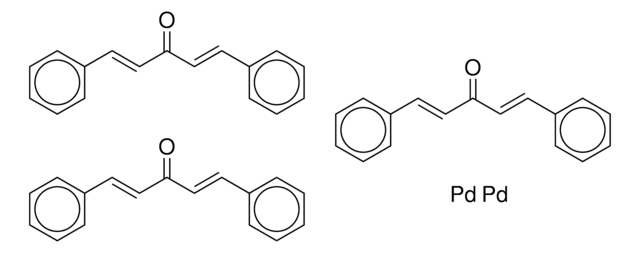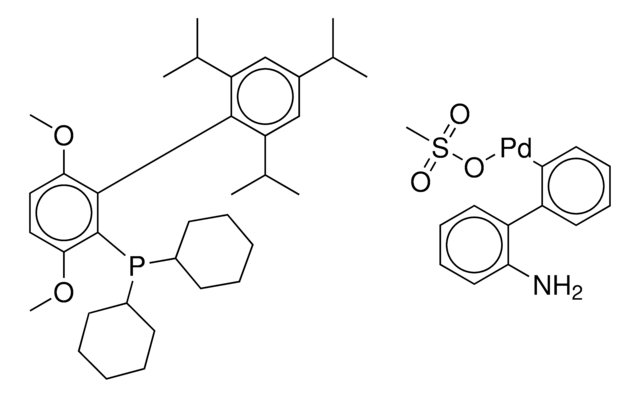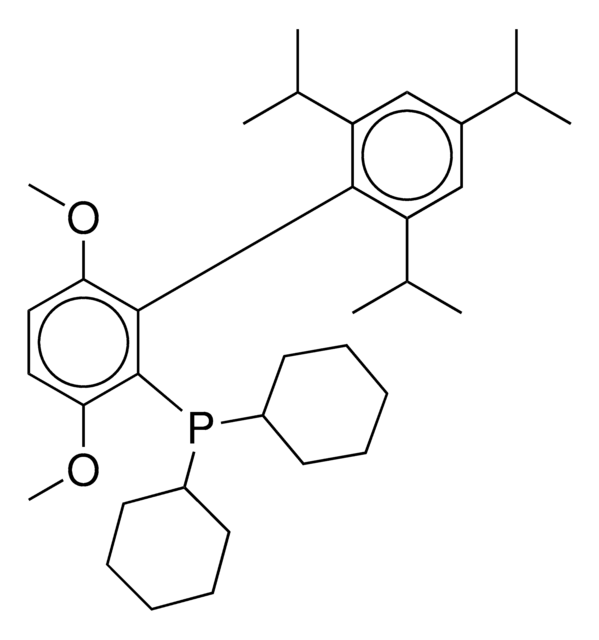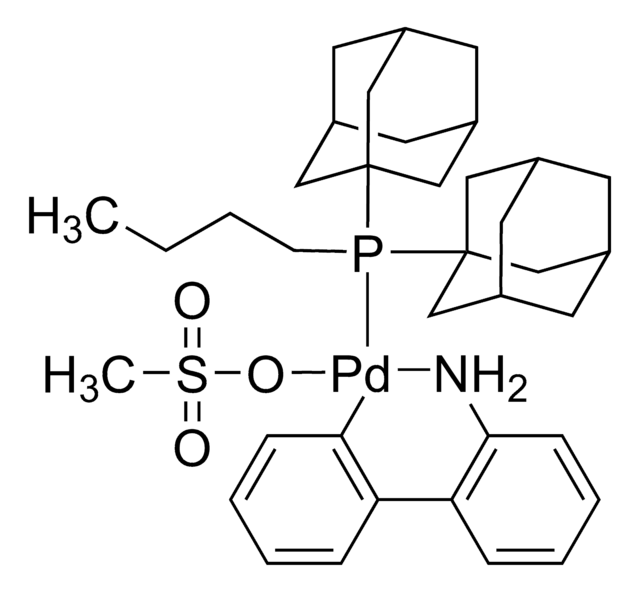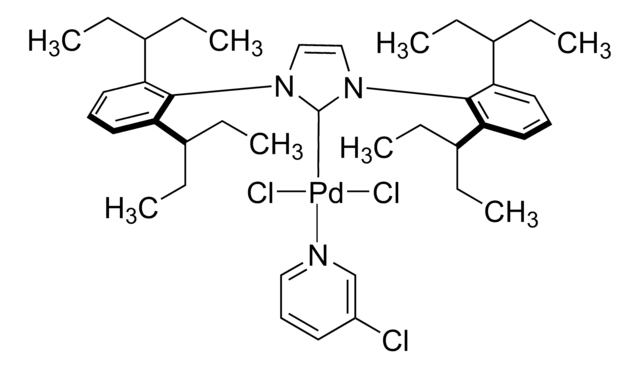927775
XPHOS PD G2 ChemBeads
Synonym(s):
2nd Generation XPhos Precatalyst, Chloro(2-dicyclohexylphosphino-2′,4′,6′-triisopropyl-1,1′-biphenyl)[2-(2′-amino-1,1′-biphenyl)]palladium(II), X-Phos aminobiphenyl palladium chloride precatalyst, XPhos-Pd-G2
About This Item
Recommended Products
form
solid
Quality Level
composition
~ 5 wt.% loading of catalyst
reaction suitability
reagent type: catalyst
reaction type: Cross Couplings
SMILES string
Cl[Pd@@]1(C2=C(C3=C(N1)C=CC=C3)C=CC=C2)P(C4CCCCC4)(C5=CC=CC=C5C6=C(C(C)C)C=C(C(C)C)C=C6C(C)C)C7CCCCC7
InChI
1S/C33H49P.C12H10N.ClH.Pd/c1-23(2)26-21-30(24(3)4)33(31(22-26)25(5)6)29-19-13-14-20-32(29)34(27-15-9-7-10-16-27)28-17-11-8-12-18-28;13-12-9-5-4-8-11(12)10-6-2-1-3-7-10;;/h13-14,19-25,27-28H,7-12,15-18H2,1-6H3;1-6,8-9H,13H2;1H;/q;-1;;+2/p-1
InChI key
HLXMDSGYOJBEBA-UHFFFAOYSA-M
General description
For larger scale uses, product also available in powdered form (741825)
Application
- Palladium-catalyzed Suzuki-Miyaura coupling reactions of potassium organotrifluoroborates and sulfamates.
- Suzuki-Miyaura cross-coupling reactions of sensitive aryl and heteroarylboronic acids.
- Synthesis of potassium Boc-protected secondary aminomethyltrifluoroborates, via Suzuki-Miyaura cross-coupling reaction.
- Widely used for Suzuki-Miyaura cross-coupling reactions
- ChemBeads are chemical coated glass beads. ChemBeads offer improved flowability and chemical uniformity perfect for automated solid dispensing and high-throughput experimentation. The method of creating ChemBeads uses no other chemicals or surfactants allowing the user to accurately dispense sub-milligram amounts of chemical.
Learn more about ChemBeads products
Other Notes
Versatile Methods to Dispense Sub-Milligram Quantities of Solids using Chemical Coated Beads for High-Throughput Experimentation
ChemBead Enabled High-Throughput Cross-Electrophile Coupling Reveals a New Complementary Ligand
related product
Storage Class Code
11 - Combustible Solids
WGK
WGK 3
Certificates of Analysis (COA)
Search for Certificates of Analysis (COA) by entering the products Lot/Batch Number. Lot and Batch Numbers can be found on a product’s label following the words ‘Lot’ or ‘Batch’.
Already Own This Product?
Find documentation for the products that you have recently purchased in the Document Library.
Our team of scientists has experience in all areas of research including Life Science, Material Science, Chemical Synthesis, Chromatography, Analytical and many others.
Contact Technical Service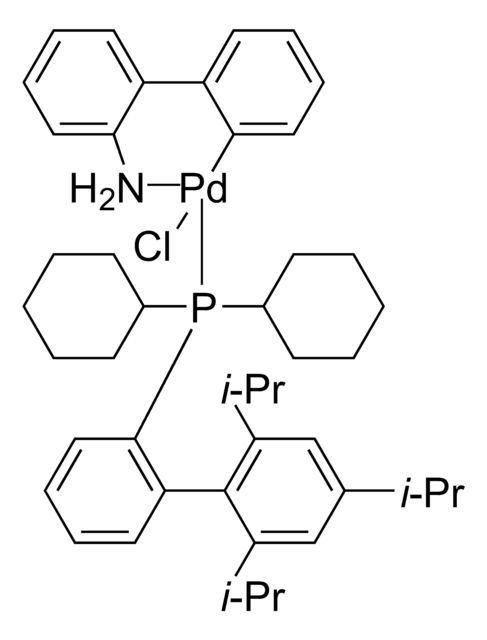
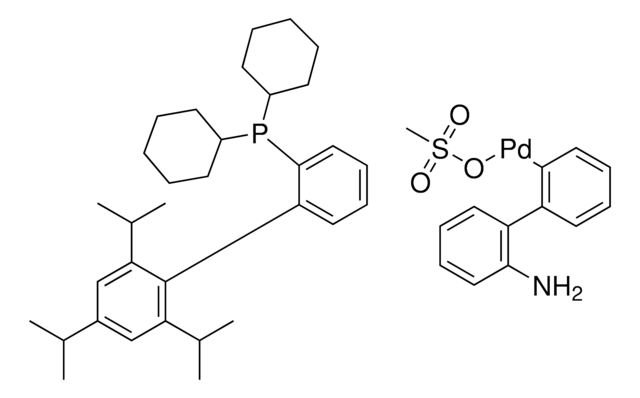

![[1,1′-Bis(diphenylphosphino)ferrocene]dichloropalladium(II)](/deepweb/assets/sigmaaldrich/product/structures/130/734/8846aa26-1858-458a-998d-8c306c13bf0f/640/8846aa26-1858-458a-998d-8c306c13bf0f.png)
